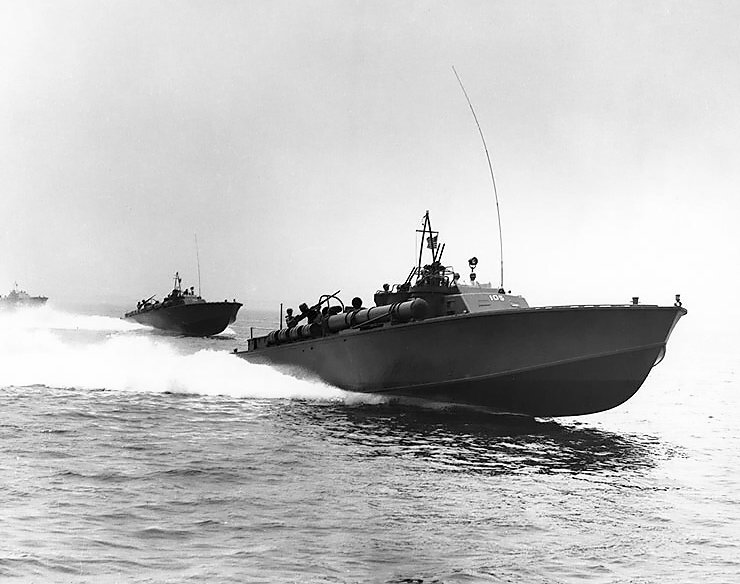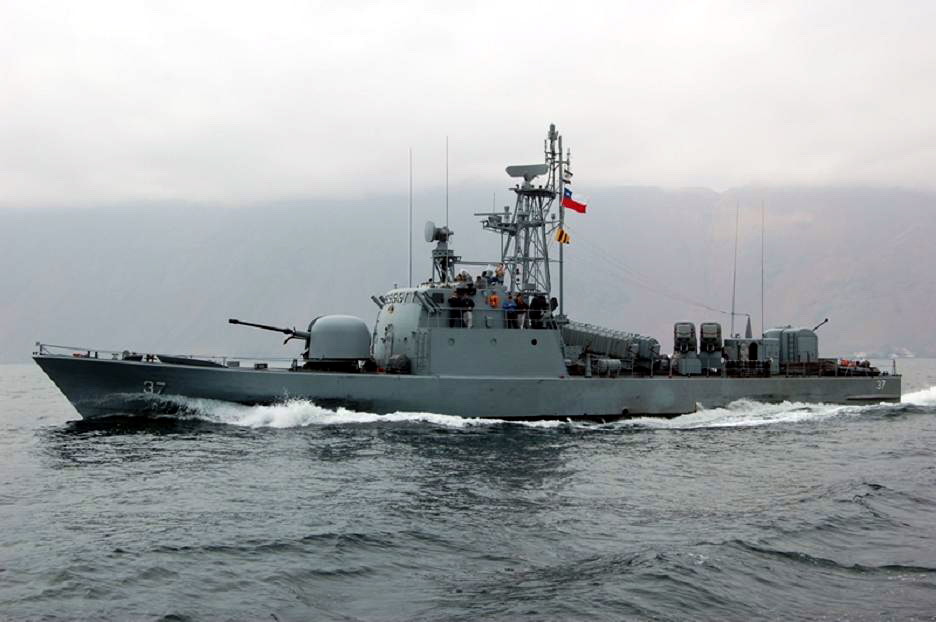Spinward Flow
SOC-14 5K
Dual Turret = Fusion Gun + Missile has a variety of synergies going for it.The relative advantages are range for lasers, and a second weapon for fusion. An extra missile rack has the same to hit possibility.
The missile is "better" at long range, while the fusion gun is only "useful" at short range (or in a point defense anti-missile role). This substantially mitigates the range drawback of a fusion gun only option.
The downside to that arrangement is combat endurance.
A missile launcher has 3 missiles loaded into it (1 ready to launch, 2 ready reloads).
A sandcasters has 3 sand canisters loaded into it (1 ready to launch, 2 ready reloads).
A turret (single, dual or triple) can store up to 12 additional reloads to be divided amongst all weapons loaded into the turret.
Therefore ... a Fusion Gun + Missile dual turret has a capacity for 15 missiles total.
That means that after 15 rounds of combat, that missile launcher is going to be "empty" and will require resupply from a carrier.
Under MOST circumstances, that's going to be an "acceptable" combat endurance rate, since it's basically "5 hours" of combat engagement endurance, shooting every single combat round. However, there will be edge cases in which resupply from carriers is "not readily available" and so the limited supply of missiles CAN become a liability in certain edge cases.
Adding a 1 ton magazine for the stocking of additional missile reloads can mitigate this liability by a substantial margin. The inclusion of a magazine would also be "required" for the fighter to be capable of planetary bombardment missions (see LBB5.79 for clarification).
While the differences in construction cost are "marginal" they are still present.The differences in size and cost are insignificant for a MCr 100 fighter.
Triple Laser: 1 Dt + 3 Dt(power) = 4 Dt, MCr 3 + MCr 9(power) = MCr 12.
Single Fusion: 2 Dt + 2 Dt(power) = 4 Dt, MCr 2 + MCr 6(power) = MCr 8.
That MCr4 difference in price that you're citing means +1 fighter per 25 constructed when working under a fixed budget.
Would you rather have 25x squadrons of 10 fighters each ... or 26x squadrons of 10 fighters each ... for the same construction budget?
On paper, it sounds like bean counters nibbling around the edges ... but when "push comes to shove" (with nukes and lasers), having that edge in numbers can wind up being important (or even decisive) when it you start burning through manpower and materiel in missions and engagements.
One of those "amateurs study tactics while professionals study logistics" kinds of deals.
Don't let the drive for "perfection" be the adversary of "good enough to get the job done" in a military context.
Get there FASTEST with the MOSTEST at the CHEAPEST you can manage.


